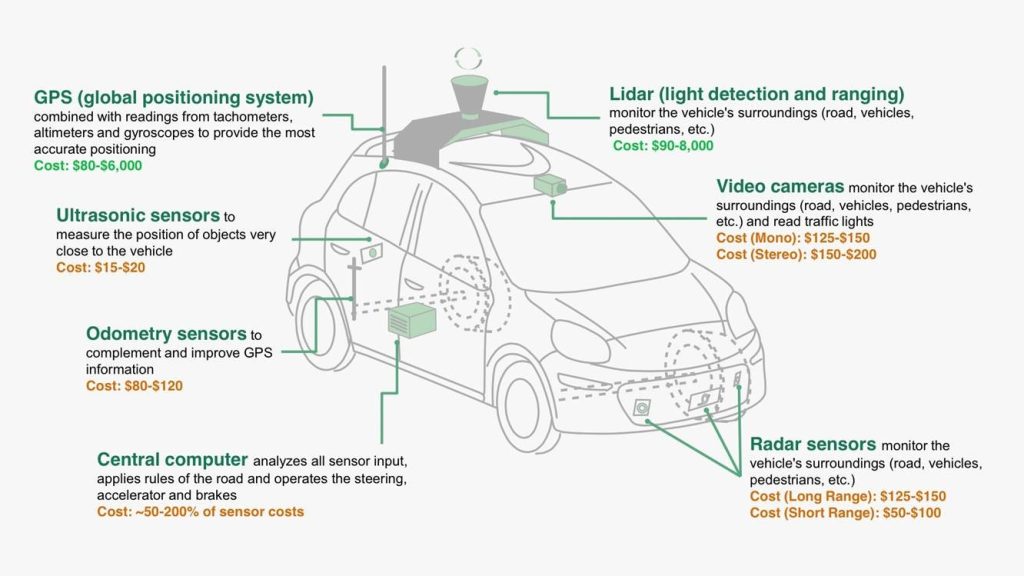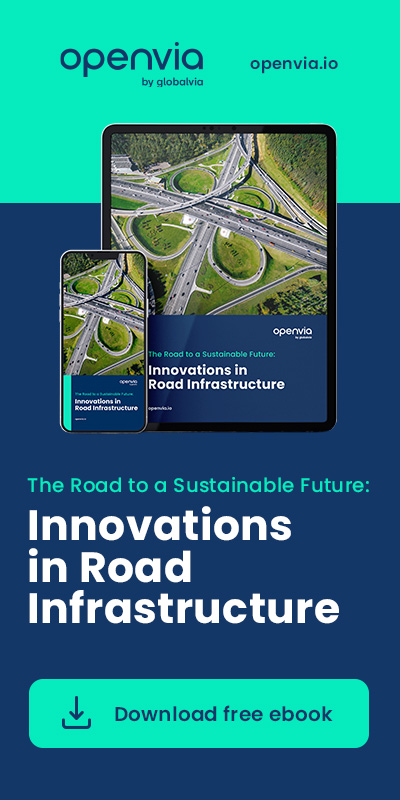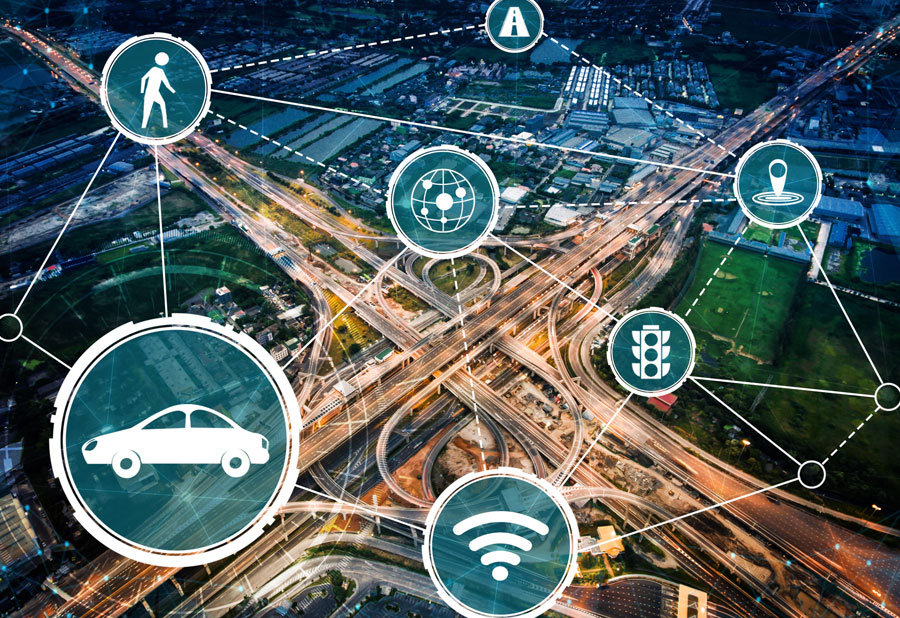The automotive sector is not only moving faster than authorities and infrastructure managers in the deployment of autonomous vehicles (AV), but it is doing so independently. In addition to vehicle sales being the core of their business, the main reason for this decision is that any modification to the current network involves political decisions that slow down deployment. For this reason, the reality is that the motor industry is developing technology to become self-sufficient in the short term.
However, is it enough to ensure the success of the autonomous vehicle? Because the answer is not simple, there are three schools of thought:
1. Infrastructure is expendable
Some companies such as Uber and Waymo are developing their own vehicles with a significant technological background. The aim is to be independent of external factors and to start providing a ride-hailing service as soon as possible.

Source: Duke Science & Society
These fleets are currently being tested in the US without any infrastructure improvements. To this end, engineers are repeatedly teaching the vehicles to act in different situations (intersections, traffic jams, pedestrians) using technology that allows the vehicle to plan a journey of up to 300m.
This has two connotations:
- The high technological burden embedded in the vehicles would lead to high prices which would limit the market penetration of these vehicles.
- The 300m vision would ensure safe traffic flow. However, vehicle fluidity would not be as expected without constant updating of in-vehicle maps.
Some food for thought on this approach:
- Would the high cost of vehicles slow down the deployment of AV and make it accessible only to large fleets and not to the individual consumer?
- Are all signs homogeneous and visible?
- Do weather conditions affect the reliability of sensors?
- Who will carry out the continuous updating of the maps, and does this business model currently exist?
- Will governments allow movement without a redundancy of systems to ensure security?
Do you want to know more about Urban Mobility?
Do you want to know more about Mobility and Sustainability?
2. Infrastructure is essential
The cost of vehicles would be lower if some of the technological burden were offloaded onto infrastructure: it would speed up deployment and encourage private ownership.
The systems that would be implemented on roads have already been tested in the telecommunications sector (Het-Net, 5G, DSRC, WIFI, LTE…). Therefore, it seems easy to make small modifications to give them a different use than the traditional one.
However, there is also some food for thought on this side:
- Are authorities willing to allocate part of their budgets to modernise roads, and would authorities in different countries work together to create an environment that ensures interoperability?
- Is the administration agile enough to adapt to new forms of mobility?
These issues are more related to political decisions than to technological problems, which makes this trend the least followed, as the automotive sector will not wait for a complete adaptation of the grid before putting their vehicles into production.
3. Infrastructure is complementary
Perhaps the best recipe for success is a mix of the two options above. The automotive sector will continue to work on its technology (LIDAR, GPS, machine learning…) and the infrastructure needs to start thinking about how to prepare for the future.
The most dangerous period will be when conventional and automated vehicles coexist on our roads. For this period, the main objective must be to work together to design, update and adapt both physical and digital elements to enable safe and efficient traffic, as for an autonomous vehicle the behaviour of a conventional driver is unknown. For this reason, infrastructures during the first years might be over-equipped to ensure safety. However, once the penetration of the autonomous vehicle is higher, it is expected that infrastructures will only be needed in identified blind spots.

Source: INFRAMIX
Therefore, it seems reasonable to think that collaboration between the two sectors will allow both the safe circulation of vehicles and the optimisation of network investments. Currently, some European projects are working in this direction as it seems the best way to ensure the success of autonomous vehicles.







